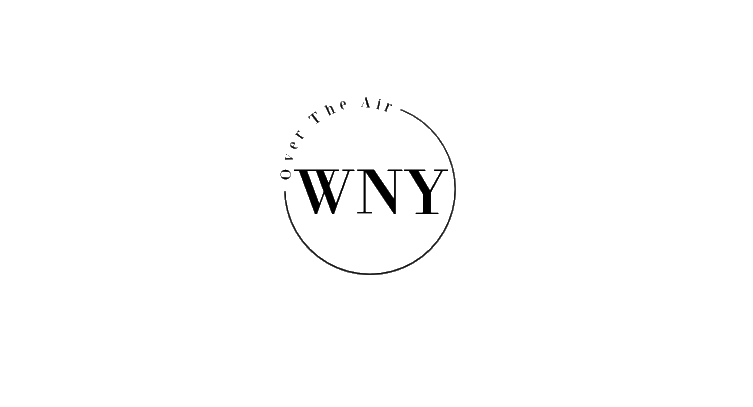All Broadcast TV Standards in the U.S.
-

NTSC
Nostalgic analog.
The original broadcast TV standard. Established in 1940 by the United States Federal Communications Commission (FCC). A color revision of the standard came in 1953.
It’s now nearly extinct.
-

ATSC 1.0
The OG digital standard.
The digital TV standard you are familiar with. Capable of up to 1080p30 HD while using MPEG-2. The FCC approved ATSC 1.0 for use in the United States in 1996. Many revisions were made throughout the 2000s, including a backwards compatible ATSC 2.0. A FCC mandated switchover took place in 2009 and 2021.
ATSC 1.0 is here to stay, at least for now.
-

ATSC 3.0
Digital Evolved.
Extremely efficient. Capable of 2160p UHD (4K) HDR @120fps and even 4320p (8K) while using HEVC. IP based, ATSC 3.0 is more than just TV. Data ranging from on-demand video, to homework assignments, can all be sent without internet. Robust reception below the noise floor is possible. The ATSC 3.0 bootstrap rivals the reception awareness of broadcast NTSC. ATSC 3.0 was deployed in South Korea in May 2017 and was approved for voluntary use in the United States in November 2017.
ATSC 3.0 is the future.
